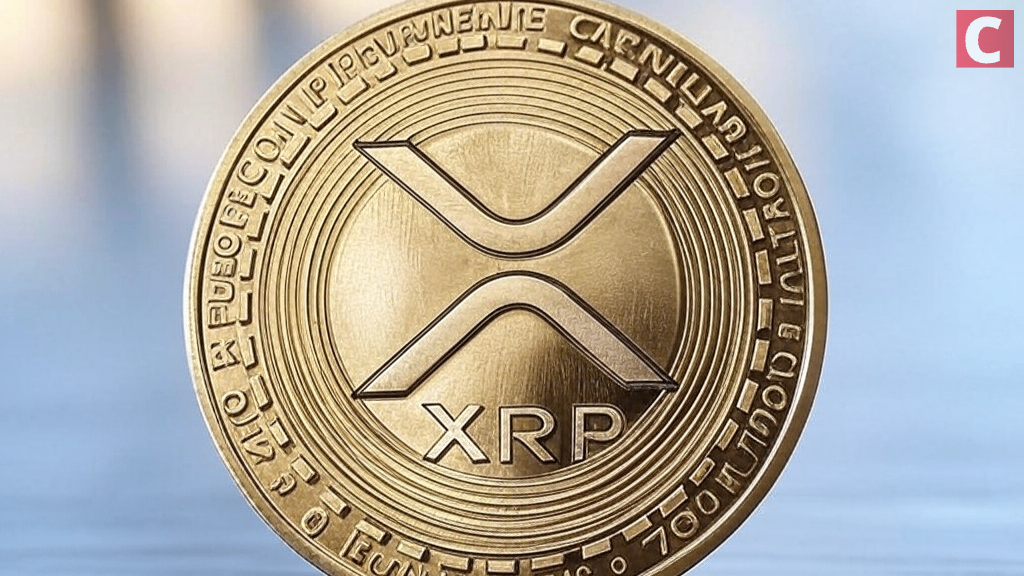
April 11th, 2025
Discover the latest Flare Network news and how the blockchain contributes to improving interoperability in the decentralized world. By connecting separate blockchains and allowing secure data integration, the network is dismantling the barriers between disparate blockchains, and using its native FLR token to ensure network security, power smart contracts, and enable decentralized governance.

Flare network intends to burn a total of 2.1 billion FLR tokens belonging to early investors to reduce the dilution of community holdings.

The LayerZero V2 integration will put Flare on a growth trajectory while simultaneously maintaining high standards of decentralization and security.
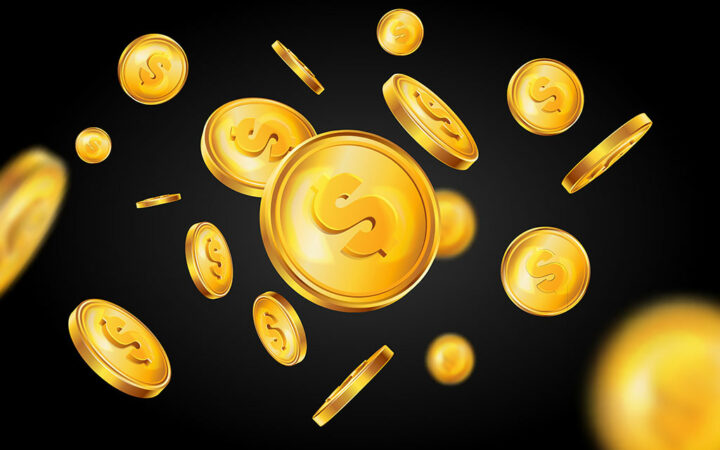
As USDX leverages the Flare network, this new development is expected to put the stablecoin before the different Flare-native projects.

Flare API Portal integrated Cosmos Hub into its range of expansive Public API offerings, providing improved access and functionality to developers through its interchain ecosystem.

The Flare Network has integrated XRP through the LayerCake bridging protocol, thus increasing XRP’s real-world utility amid the mass adoption of digital assets.

Google Cloud also said Flare has become part of the Google for Startups Program, which aims to accelerate the growth of Web3 startups.

The Flare Reputation Score, born out of the collaboration between Flare and Bloxico, stands as a testament to the commitment to transparency, trust, and community empowerment within the blockchain realm.

The partnership will allow Flare dApp developers to benefit from Elliptic’s real-time transaction screening and crypto wallet checks.
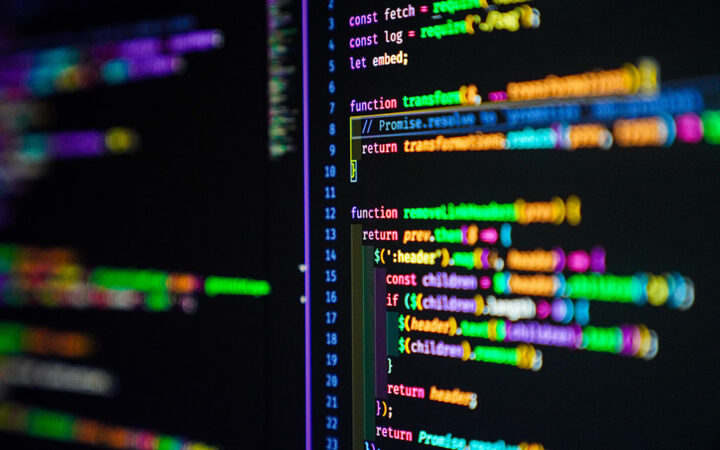
Subsquid’s integration with Flare paves the way for greater innovation and collaboration in the blockchain ecosystem.

This partnership will help in ensuring data transparency allowing validators and other network participants in making well-informed decisions.
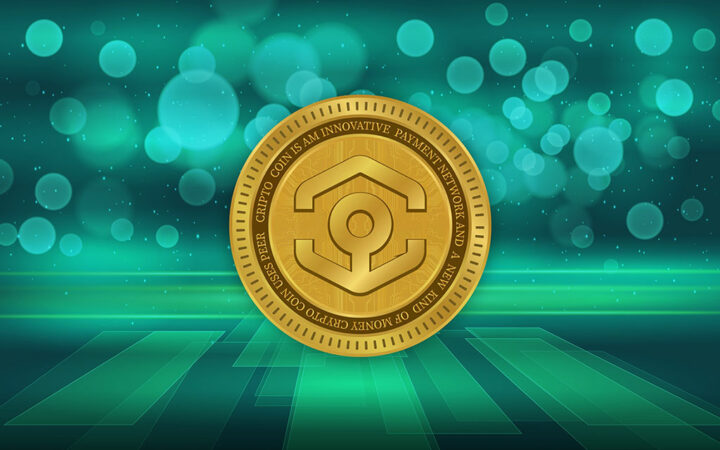
Flare Network will work with Ankr to provide high-performance RPC infrastructure for developers.
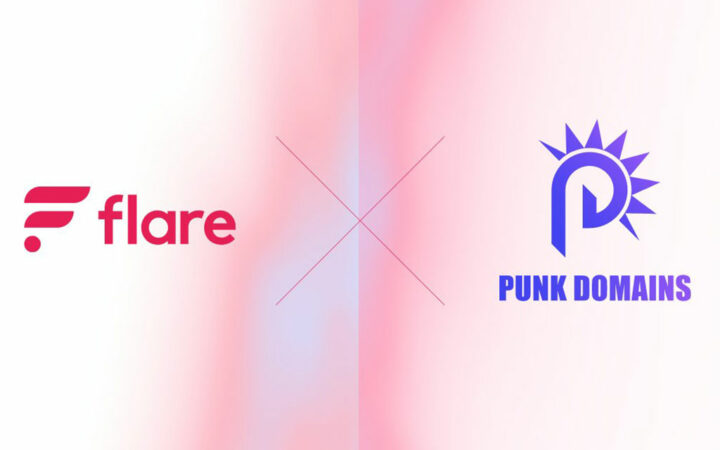
Punk Domains and Flare have partnered to launch more domain extensions and integrate domains with Bifrost for easy minting and fund transfer.

In addition to its focus on risk management and liquidity solutions, aiPX, the perpetual DEX built on Flare blockchain, offers a range of features designed to enhance the trading experience for users.

The partnership between Atriv and Flare creates ease for all digital artists and creators looking to issue NFTs and tokenize their creations.
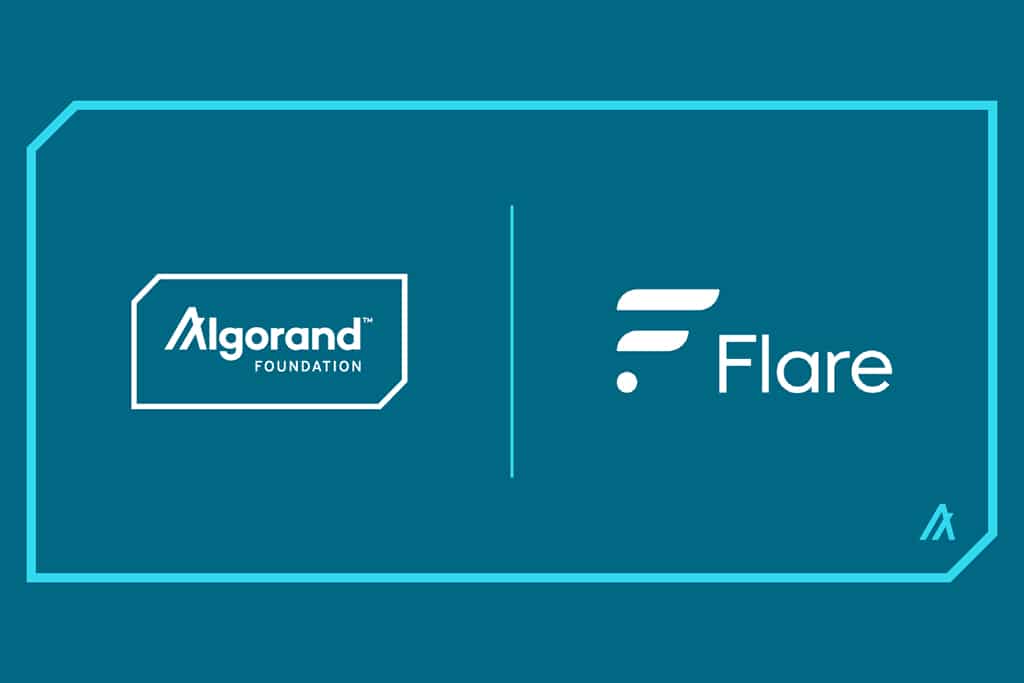
Flare has received a SupaGrant from the Algorand Foundation to “secure, decentralized interoperability between any and all chains.”
Flare Network is a blockchain platform focused on solving interoperability, one of the most critical issues in decentralization. Because blockchains operate independently, fragmented ecosystems are created in the blockchain space. As a solution, Flare Network specializes in connecting blockchains and allowing them to reliably exchange secure data and efficiently communicate and process transactions among themselves without any friction. The innovation from the platform hopes to transform the decentralized environment for easier and smoother functionality.
A central part of the Flare Network ecosystem is its native FLR $0.0158 24h volatility: 2.5% Market cap: $998.46 M Vol. 24h: $13.52 M token, which is indispensable for members of the community because it performs several platform functions. For instance, participants maintain the integrity of the network and prevent malicious behavior by staking FLR. In addition, the token is used to pay gas fees that power smart contracts on Flare Network to execute decentralized applications (dApps) on the platform.
Apart from powering smart contracts and ensuring the security of the network, the FLR token is also a tool for decentralized governance on the Flare Network. People holding the token have the power to vote on decisions that affect the future of the network, a process that guarantees community relevance as the platform evolves. The decentralized governance method is a way for the ecosystem to create a transparent network driven by the community and its users.
Flare Network is improving its adoption, especially where reliable and secure cross-chain sharing is needed. The network is gradually becoming pivotal in decentralized finance and opening up blockchains to potential use cases that were impossible without interconnectivity.
While the Flare Network uses a Proof-of-Stake (PoS) system, it also applies the Avalanche Snowman++ consensus mechanism to achieve high scalability and process several thousand transactions per second. The mechanism also ensures enhanced security and energy efficiency.
Flare supports dApps by ensuring access to data from multiple blockchains. This helps the applications handle complex tasks in decentralized finance (DeFi).
Flare operates on its own blockchain, which allows for easy cross-chain communication. It is also compatible with the Ethereum Virtual Machine (EVM), which means any app written with Solidity and run on any EVM-compatible network will work on Flare.
The FLR token performs several critical functions, including transaction gas fees, smart contracts, and network security.
FLR is not an ERC-20 token. However, it can be wrapped into an ERC-20 version known as WFLR.